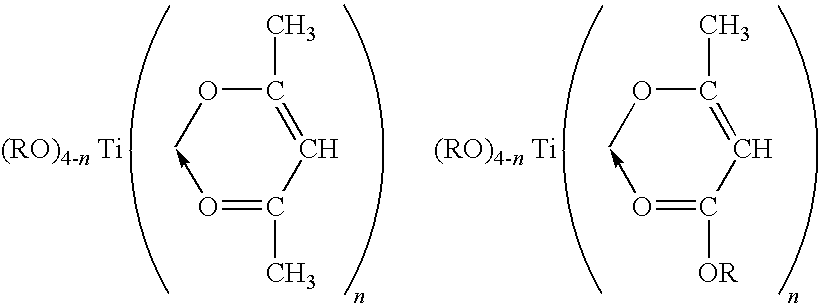Process for producing nitrile rubber-metal laminate
a technology of nitrile rubber and metal, which is applied in the direction of superimposed coating process, transportation and packaging, coatings, etc., can solve the problems of carbon black hardly having the prevention of friction or abrasion of the rubber layer, peeling of the rubber layer from the metal, and large shearing stress, so as to achieve effective sealing and prevent peeling. , the effect of deterioration of cold resistan
- Summary
- Abstract
- Description
- Claims
- Application Information
AI Technical Summary
Benefits of technology
Problems solved by technology
Method used
Image
Examples
example 1
[0061]
Parts by weightNBR (N235S, a product of JSR Co., nitrile content:10036%)SRF carbon black (iodine absorption amount: 29 g / kg,60DBP oil absorption amount: 72 ml / 100 g)White carbon (Nipseal LP, a product of Japan Silica40Co., specific surface area: 200 m2 / g, particle size:0.02 μm)Zinc oxide5Stearic acid2Antioxidant (Nocrac 224, a product of Ouchi-Sinko2Chemical Co.)Triallyl isocyanurate (Taic, a product of Nippon1.2Kasei Co.)1,3-Bis(t-butylperoxyisopropyl)benzene (Sunperox5TY-13, a product of Sanken Kako Co.)
The foregoing ingredients were kneaded through a kneader and open rolls, and the resulting kneading product was subjected to determination of vulcanization speed. The vulcanization speed was determined according to JIS K6300-2 corresponding to ASTM D5289 by evaluating vulcanization characteristics at 180° C. with a rotorless rheometer, made by Toyo Seiki Co., to regard the maximum torque MH for the rate of cure as an index of cross-linking density.
[0062]The kneading product w...
example 2
[0070]In Example 1, the amount of 1,3-bis(t-butylperoxyisopropyl)benzene was changed to 8 parts by weight in the NBR composition.
example 3
[0071]In Example 1, the amount of white carbon was changed to 20 parts by weight in the NBR composition.
PUM
| Property | Measurement | Unit |
|---|---|---|
| specific surface area | aaaaa | aaaaa |
| specific surface area | aaaaa | aaaaa |
| melting point | aaaaa | aaaaa |
Abstract
Description
Claims
Application Information
 Login to View More
Login to View More - R&D
- Intellectual Property
- Life Sciences
- Materials
- Tech Scout
- Unparalleled Data Quality
- Higher Quality Content
- 60% Fewer Hallucinations
Browse by: Latest US Patents, China's latest patents, Technical Efficacy Thesaurus, Application Domain, Technology Topic, Popular Technical Reports.
© 2025 PatSnap. All rights reserved.Legal|Privacy policy|Modern Slavery Act Transparency Statement|Sitemap|About US| Contact US: help@patsnap.com

